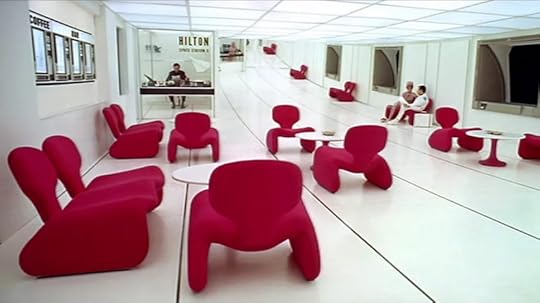library bathrooms as sites of intellectual communication and community
I visited the women’s room in the basement of the library at Grinnell College last month. It was full of literary and feminist graffiti, conversations among strangers over time about art and politics and life and school. There were quotes from books, like this poem by Raymond Carver with (possibly sarcastic? or possibly unrelated? or maybe it’s about the cut-off text in the green heart?) commentary:
[image error]
And this fragment from Sappho, which I read in college in a different translation and was delighted to have returned to me at age 49 in my son’s college’s library’s bathroom:
[image error]
Someone tweeted a photo of the part of the wall with this quote from Roxanne Gay’s book Bad Feminist, and the tweeter then reported on the result:
[image error]
For me, this quote from the Grinnell bathroom applies to almost all the walls in the Colorado College library and definitely to the bathroom stalls:
[image error]
For me, bare walls don’t belong in academic libraries. I could probably be talked into bare walls if the white space felt deliberate, as in a museum or gallery, but in our library, it doesn’t feel that way, at least not to me. Our walls look unfinished, as if we just moved in, even though we’ve been here for over two years.
IMNSHO, walls in academic libraries should be filled with shelves of books and other materials, or hung with art, or scrawled with students’ thoughts on white boards, or tacked with posters on bulletin boards. Bare, blank walls evoke, for me, sterile places: airports, hospitals, eerie futuristic spaces like the lobby of the Hilton Hotel on Space Station Five in 2001: A Space Odyssey:
or this, from Tron:
Though actually, I must confess, those appeal to me too, with their exaggerated, over-the-top style. But let’s go back to the subject of the bathrooms in particular. After the 2016 renovation of Tutt Library at Colorado College, our bathrooms stopped being sites of conversation. Before 2016, the stalls regularly contained:
newsletters like the Monthly Rag (Feminist and Gender Studies) and the Toilet Paper (Career Center)
permanent stickers with important information from the office of the Sexual Assault Response Coordinator (SARC), including emergency numbers
posters, some of them very home-made, advertising events on campus, encouraging people to vote in elections, etc.
library instructions and promotions: tips for using the catalog, a spotlight on the graphic novels collection, etc.
sometimes, graffiti (not a lot)
We now have strict rules: nothing is supposed to hang in the stalls. They’re supposed to be clean and perfect. We’re not supposed to talk to each other there, about anything. There are bulletin boards in designated places in the library where we can have official information sharing, publicly. If you want to look carefully at those posters you have to do it in full view of all.
I think this is a mistake. Bathroom stalls are where we get underground information. Information in bathroom stalls can foment resistance! Bathrooms are a place where we — women, especially — can talk and vent and warn and help each other anonymously without fear of backlash. The anonymity that allows for ugly stuff in internet comments sections seems to work differently in academic bathrooms, or maybe I should say the women’s and gender neutral bathrooms. (I haven’t spent much time in men’s bathrooms in academia, and from a quick poll I just did, I suspect my argument doesn’t hold for those spaces.)
So, next time you’re in the bathroom in an academic library, I encourage you to reach out to other nerds and geeks and dorks with your favorite poem or literary quote or whatever. Because I think it’s a good place for that.
For additional takes on the subject, see:
Beck, Julie. “Behind the Writing on the Stalls.” Atlantic, November 21, 2014.
Molloy, Cathryn. 2013. “‘Curiosity Won’t Kill Your Cat’: A Meditation on Bathroom Graffiti as Underlife Public Writing.” Writing on the Edge 24 (1): 17–24.
Schreer, George E., and Jeremy M. Strichartz. 1997. “Private Restroom Graffiti: An Analysis of Controversial Social Issues on Two College Campuses.” Psychological Reports 81 (3, Pt 1): 1067–74. doi:10.2466/pr0.1997.81.3.1067.
Wikipedia entry on Latrinalia.




